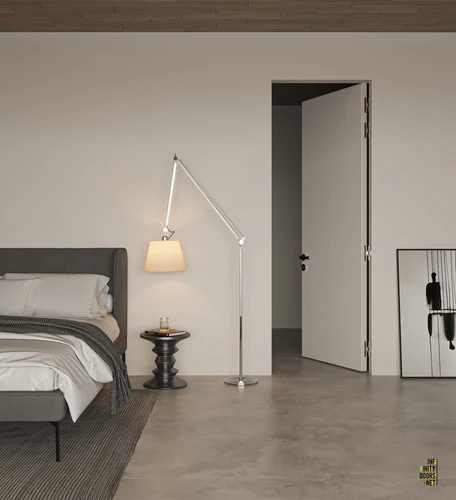

Choosing the right door for your home goes beyond just aesthetics; it also affects space, functionality, and overall interior design. Among the popular options today are modern inswing doors and traditional doors. While both serve the basic purpose of entry and privacy, their designs, usability, and impact on interior spaces differ significantly. This guide compares the two options, helping homeowners make an informed decision.
Modern inswing doors are designed to open inward into a room rather than outward. Their sleek, minimalist design often features frameless or slimline frames, clean lines, and premium materials like glass, wood, or metal finishes. These doors are increasingly favored in contemporary interiors because they offer a seamless, space-efficient solution without compromising style.
Key benefits of modern inswing doors include:
Space Management: Since they swing inward, these doors are ideal for areas where an outward-opening door may block a hallway or create congestion.
Enhanced Aesthetics: Frameless or slimline designs create a modern, unobtrusive look that integrates with minimalistic interiors.
Improved Insulation: Many modern inswing doors are built with high-quality seals that reduce air and sound leakage, improving energy efficiency.
Versatile Design Options: Available in various materials, finishes, and custom sizes, they can suit bedrooms, bathrooms, and office spaces seamlessly.
Traditional doors, often referred to as standard hinged doors, are the most common choice in residential spaces. They can open inward or outward and come with classic frames and panels. Traditional doors tend to feature more decorative details such as molding, raised panels, or carved surfaces.
Benefits of traditional doors include:
Classic Appearance: The ornate or paneled design of traditional doors complements a wide range of architectural styles.
Durability: Typically built with solid wood or composite materials, these doors can last for decades with minimal maintenance.
Wide Availability: Traditional doors are easily available and often more cost-effective than customized modern options.
Ease of Replacement: Standard sizing and design make them simple to replace or update as needed.
One of the key differences between modern inswing doors and traditional doors lies in space efficiency. Modern inswing doors are designed to minimize obstructions by opening inward and often require less clearance than traditional outward-opening doors, making them ideal for compact spaces. Traditional doors, especially those that swing outward, can interfere with traffic flow or furniture placement in tight areas.
When it comes to aesthetics, modern inswing doors offer a clean, minimalistic look that complements contemporary homes. Frameless designs, glass panels, or slimline frames blend seamlessly with walls, creating a clutter-free visual effect.
On the other hand, traditional doors are often chosen for their classic charm. Detailed panels, wood finishes, and decorative molding add warmth and character, making them suitable for heritage homes, traditional interiors, or spaces aiming for a cozy, timeless look.
Modern inswing doors may require precise installation to ensure smooth operation and proper sealing. While some homeowners may need professional assistance, the long-term benefits in terms of aesthetics and insulation often outweigh the initial effort. Maintenance usually involves cleaning the surface and checking hinges and seals periodically.
Traditional doors are typically easier to install due to standard sizes and conventional framing. Maintenance may include painting, refinishing, or tightening hinges over time. While durable, wood-based traditional doors may be prone to warping or moisture damage in humid conditions.
Both modern inswing doors and traditional doors can be fitted with secure locks, but modern designs often integrate advanced locking mechanisms that enhance security while maintaining a minimal look. Soundproofing and weather sealing are also often superior in modern inswing doors.
Traditional doors provide robust security, especially when using solid wood or reinforced materials. However, the design may not always incorporate the latest energy-efficient sealing techniques found in modern options.
Cost is an important factor for homeowners. Modern inswing doors tend to be more expensive due to their custom designs, premium materials, and specialized installation requirements. However, the investment often pays off with improved aesthetics, space efficiency, and energy savings.
Traditional doors are generally more budget-friendly and widely available. They are a reliable choice for homeowners seeking durability and classic design without the need for custom solutions.
Choosing between a modern inswing door and a traditional door ultimately depends on your home’s style, space requirements, and personal preferences. If you prioritize a sleek, contemporary look, energy efficiency, and space-saving design, a modern inswing door is ideal. On the other hand, if you prefer timeless appeal, cost-effective options, and classic charm, a traditional door may be the better choice.
Both modern inswing doors and traditional doors have unique advantages, catering to different design needs and functional priorities. Understanding the differences in aesthetics, space efficiency, installation, and cost can help you select a door that enhances your interior while meeting your practical requirements. Whether you go for the clean, modern elegance of an inswing door or the enduring charm of a traditional door, the right choice will elevate your home’s functionality and style.